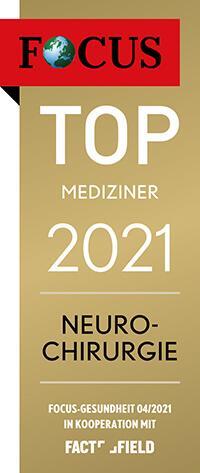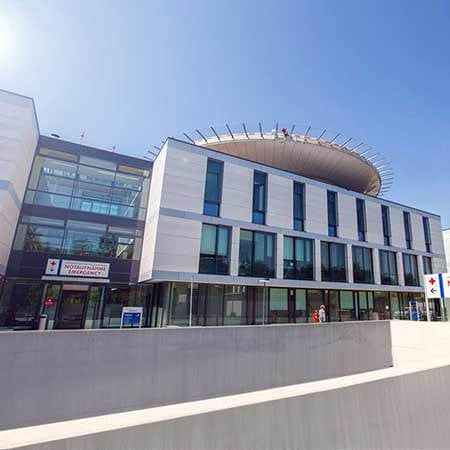About the disease
AV-malformation of the brain is an abnormal tangle of blood vessels that connects brain arteries and veins. Arteries are responsible for the transportation of oxygen-rich blood from heart to brain. Deprived from oxygen blood is carried back to lungs and heart by veins. In patients with AV-malformation process of blood interchange becomes disrupted. It means that blood with oxygen and blood without oxygen is mixed. AV-malformation can develop in any part of the body, but most often it is found in the brain and spine. Brain AV-malformation is very rare disease with 1% of world population having it.
Cause of brain malformation still remains unknown. It is a congenital disease, but it manifests when a person is in his adulthood. It is not transmitted genetically, which means that this disease appears absolutely randomly.
Sometimes brain malformation manifests itself during pregnancy, when a woman suddenly experiences severe headaches. Nevertheless, brain malformation is more common in men that in women. According to Brain Foundation.org, if the first symptom of this disease was hemorrhage, it can become fatal in 10%. That's why timely treatment is so important.
Symptoms
First symptoms of AV-malformation may appear at the age of 11-12. Symptoms gradually build up and become more and more severe over years. Patients with AV-malformation experience:
- Constant pain in one specific area of the head
- Some muscles become weak and can not function as before
- Body becomes numb
- Patient may lose vision partially or fully
- Coordination becomes unsteady and unbalanced
Diagnosis
- The most common diagnostic method is brain scan (CT / MRI). It helps to obtain the microscopic image of the brain with smallest deviations from the norm. It can also detect if there`s an excessive amount of blood in the brain.
- Doctors may also use the cerebral angiography. During the procedure, a doctor injects an X-ray contrast agent into the patient’s bloodstream. The contrast fills the vessels and makes them clearly visible on the radiograph.
Treatment
The most dangerous complication of brain malformation is the brain hemorrhage, that's why treatment of malformation mostly aims to prevent or stop bleeding and future seizures. Drugs in this case may only alleviate pain and reduce headaches frequency. That's why it's important to undergo surgery. There are such surgical options:
- Partial resection and coiling, when a doctor inserts catheter into hip vessel to pack coils into aneurysm. It is done to prevent blood flow from inundating aneurysm. A doctor tracks the catheter with the help of X-ray which shows its exact location. Coiling reduces size of the malformation and prevents further bleeding.
- Platinum coils embolization (coiling) is a more modern procedure, which also uses coils to hamper blood flow, but in this case doctor uses coils made of platinum.
- Resection of AVM. During the resection a surgeon makes an incision and opens a skull. After that he identifies the exact location of the damaged brain tissue and removes the malformation around it. If the malformation is located too deep, neurosurgeon simply can not reach it and in that case he can use other treatment options.
- Radiosurgery. During the radiosurgery the doctors use radiation to destroy the malformation. In this case the irradiation makes AVM shrink. If malformation is too big, it is impossible to make the cells vanish completely. The biggest disadvantage of radiosurgery is that the cells, which formed the malformation before, may gather again and create even a bigger problem. The most modern type of radiosurgery is Gamma Knife, which is less traumatic than surgery.
After treatment patients need to undergo regular check-ups and to maintain the healthy lifestyle. For instance, patients are advised to undergo course of physical therapy and to avoid any stressful situations. Patients also need to control blood pressure. If it is high, they are prescribed antihypertensive drugs.
Authors:
This article was edited by medical experts, board-certified doctors Dr. Nadezhda Ivanisova, and Dr. Bohdan Mykhalniuk. For the treatment of the conditions referred to in the article, you must consult a doctor; the information in the article is not intended for self-medication!
Our editorial policy, which details our commitment to accuracy and transparency, is available here. Click this link to review our policies.














